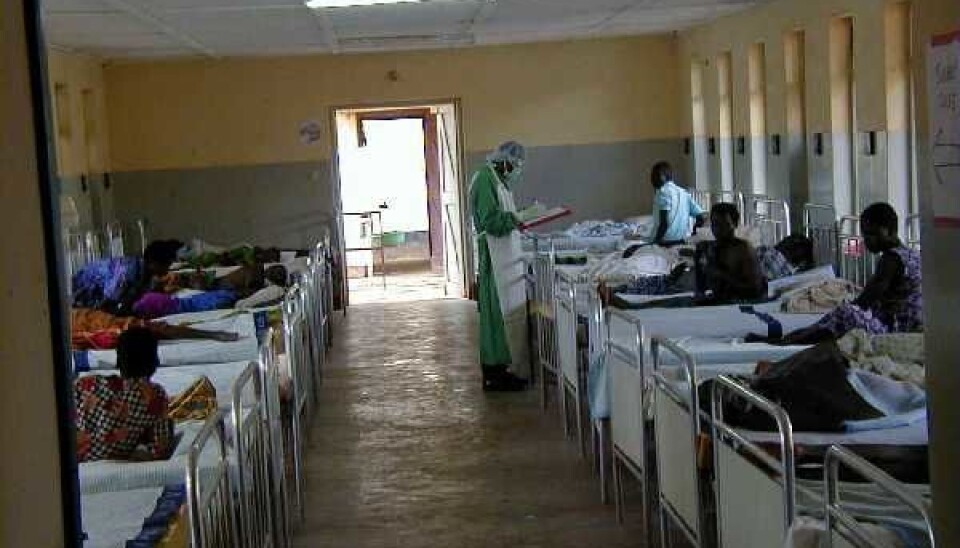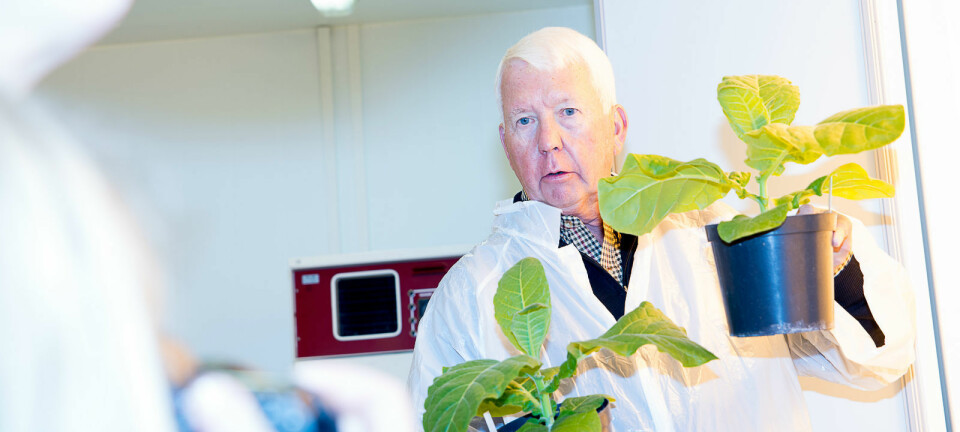
Scientists are developing new Ebola test that will be as simple as a pregnancy test
New test will eliminate risk of infection and can be performed on the spot.
A team of European scientists are in the process of creating an Ebola test which will make it possible to test people directly in their villages – thus avoiding the risk of infection during the long journey to the field hospital by ambulance.
"If you don't already have Ebola then you're certain to have caught it after a trip in the ambulance," says Professor Anders Fomsgaard, consultant at Statens Serum Institut (SSI), the Danish center for diseases control. Fomsgaard is part of the team responsible for developing the new test.
Such a vaccine would’ve been a great weapon against the rapid spread of Ebola during the major epidemic in West Africa -- and it could have prevented many deaths, says Fomsgaard.
It could’ve prevented grouping non-infected patients with Ebola patients, he says.
"Being able to make a quick and precise diagnosis is of tremendous importance," says Fomsgaard.
Ebola test without power or training
Fomsgaard is developing the new test in collaboration with 15 other leading European scientists.
He is quite certain that they will succeed in developing a simple, safe procedure, which is so robust and simple that anyone can conduct the test in a remote village in less than half an hour.
"Our intention is for the test to be just a simple as a pregnancy test," the professor explains.
The research project has received an EU research grant of EUR 4.3 million. The idea is that it should be possible to start using a workable test as soon as possible.
One advantage over other tests currently in development, says Fomsgaard, is that it does not require electrical power to be completed -- something that isn’t always available where the patient is.
DNA building blocks and enzymes reveal Ebola
As it is now, when you want to examine a sample from a patient with Ebola the test has to be transported from the patient to a laboratory. Transporting the virus involves a considerable risk of contagion because it is so infectious and the route to specialist laboratories is often long.
But if doctors can insert the blood sample directly into a test tube containing a blue fluid known as a 'blue buffer', which kills the virus but preserves its genes, the genes of the virus can then be analysed.
The blue buffer fluid will also be used to prevent the risk of contagion when a doctor or other personnel conducts the new test on a patient. When there is no longer any risk of contagion, the sample containing Ebola is lowered into a test tube containing specific DNA building blocks and specific enzymes.
The simple test requires nothing but normal room temperature.
"A light in the test tube lights up with a new colour if the genes prove to stem from an Ebola virus," says Fomsgaard.
The test is initially being developed for the two most common types of Ebola, namely Ebola Zaire and Ebola Sudan. Ebola Zaire is the type currently plaguing West Africa.
Test could have been developed before
Ib Bygbjerg, a professor of International health at the University of Copenhagen, considers the new test a really good idea.
Similar simple tests are already available for both HIV, malaria and dengue fever, he explains.
"So you might well ask yourself why the heck nobody has developed a test like for Ebola before now. But this is probably because Ebola wasn't such a big problem before the current outbreak -- so there wasn't a market for it," says Bygbjerg.
--------
Read the original story in Danish on Videnskab.dk
Translated by: Hugh Matthews








